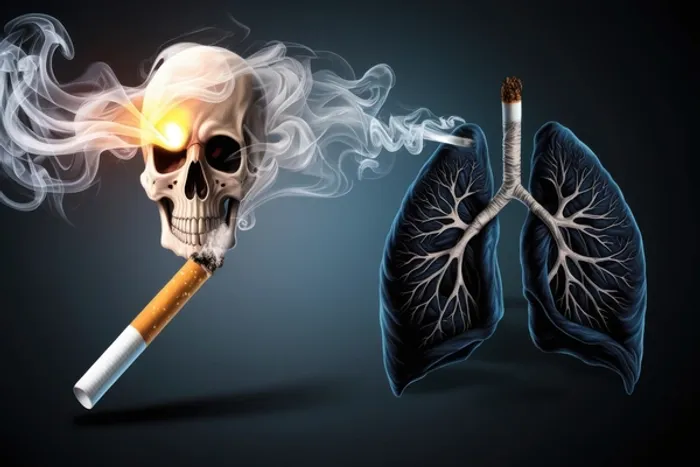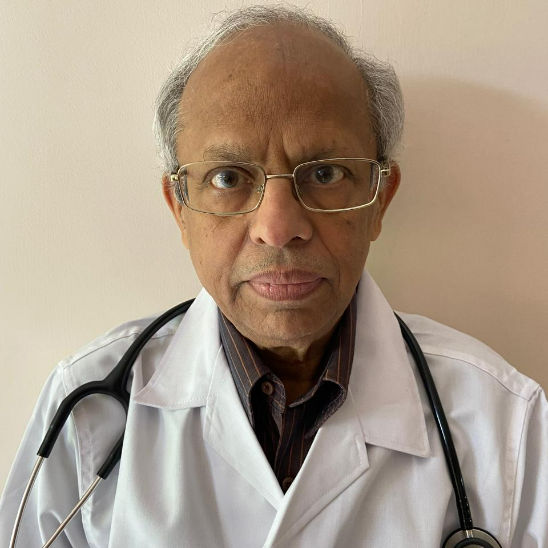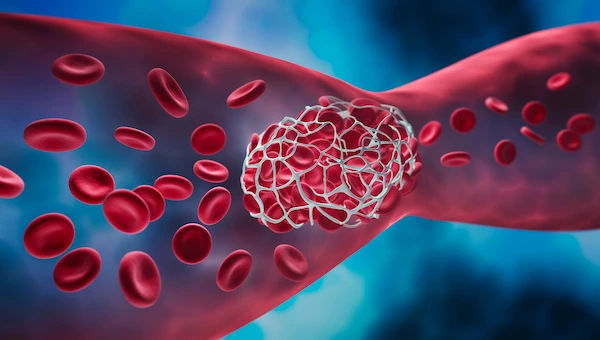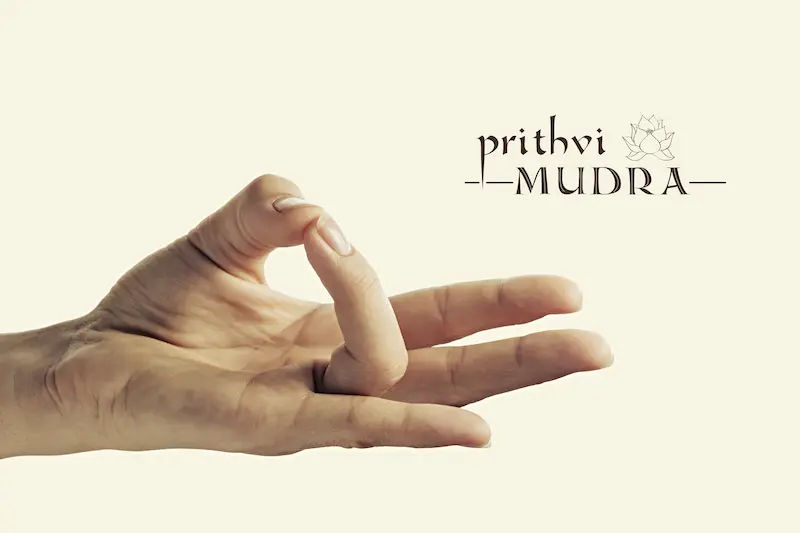Unmasking Dangers of Tobacco Use: A Comprehensive Guide
Discover the harmful effects of tobacco use, its impact on health, and why quitting is essential for a longer, healthier life.

Written by Dr. Dhankecha Mayank Dineshbhai
Reviewed by Dr. Rohinipriyanka Pondugula MBBS
Last updated on 24th Sep, 2025

Introduction
Every puff of cigarette smoke, every chew of tobacco, introduces a known carcinogen into your body. The dangers of tobacco use extend far beyond the well-known risk of lung cancer, weaving a web of destruction through nearly every organ system. This isn't just about a bad habit; it's about a product that, when used as intended, leads to disease, disability, and death for half of its long-term users. Understanding the full spectrum of risks is the most powerful first step toward reclaiming your health. This guide will unmask the true impact of tobacco, from the toxic chemicals you inhale to the financial and emotional costs you bear, and ultimately, illuminate the path to a healthier, tobacco-free life.
What's Really in That Smoke? The Toxic Cocktail of Tobacco
Many people think of tobacco as just dried leaves, but the combustion of these leaves creates a complex chemical soup. Lighting a cigarette is like opening a miniature chemical plant, producing over 7,000 chemicals, hundreds of which are harmful and at least 70 are known to cause cancer.
Nicotine: The Hook That Keeps You Coming Back
Nicotine is the primary reason tobacco is so addictive. This powerful psychoactive substance reaches your brain in mere seconds, stimulating the release of dopamine, a neurotransmitter associated with pleasure and reward. This creates a powerful feedback loop: smoke → feel good → crave more. This cycle of nicotine addiction is what makes quitting so challenging, as the brain becomes rewired to depend on this external source of pleasure.
Tar and Carbon Monoxide: The Silent Smotherers
While nicotine keeps you hooked, tar and carbon monoxide do the immediate dirty work. Tar is the sticky brown residue that coats the lungs, damaging cilia (the tiny hairs that clean your airways) and leading to chronic bronchitis and emphysema. Carbon monoxide, the same deadly gas found in car exhaust, binds to red blood cells in place of oxygen. This reduces the oxygen supply to your heart, brain, and other organs, forcing them to work harder and leading to severe long-term damage.
Beyond the Usual Suspects: 7,000+ Other Chemicals
The list of other substances reads like a horror show. Tobacco smoke contains:
- Arsenic: Used in rat poison.
- Formaldehyde: Used to preserve dead bodies.
- Ammonia: A common household cleaner that increases nicotine absorption.
- Acetone: Found in nail polish remover.
- Benzene: A known industrial solvent and carcinogen found in gasoline.
Understanding this chemical makeup makes the health risks of smoking cigarettes undeniable. It's not just one bad thing; it's a sustained assault on your body.
Consult a Pulmonologist for the best advice
The Physical Toll: How Tobacco Ravages Your Body
The consequences of consistently introducing these toxins into your body are devastating and widespread.
Lung Cancer and COPD: The Most Notorious Consequences
Lung cancer is the most prominent danger, with smoking causing about 90% of all cases. But equally destructive are chronic obstructive pulmonary diseases (COPD) like emphysema and chronic bronchitis. These conditions slowly destroy your ability to breathe, leaving sufferers gasping for air even during simple tasks like walking across a room. The damage to the airways and air sacs in the lungs is often irreversible.
Heart Attack and Stroke: Tobacco's Attack on Your Cardiovascular System
How does tobacco affect the body's heart? Profoundly. It damages the lining of your arteries, leading to a buildup of fatty material (atherosclerosis) that narrows them. This, combined with the increased heart rate and blood pressure caused by nicotine and the oxygen deprivation from carbon monoxide, drastically increases your risk of coronary heart disease, heart attack, and stroke.
Beyond the Lungs: Cancers of the Throat, Mouth, and More
While lungs are the primary target, the carcinogens in tobacco travel everywhere. Smokers are at significantly higher risk for cancers of the mouth, throat, esophagus, stomach, pancreas, kidney, bladder, cervix, and even blood (leukaemia). Smokeless tobacco, like chew, is notoriously linked to oral cancers, leukoplakia (pre-cancerous sores), and gum disease.
Premature Ageing and Skin Damage
The side effects of chewing tobacco and smoking are also written on your face. Tobacco restricts blood flow, depleting the skin of oxygen and essential nutrients. This leads to premature wrinkling, sagging skin, and a leathery texture. It also stains fingers and teeth, contributing to a prematurely aged appearance.
The Invisible Threat: Secondhand and Thirdhand Smoke
The dangers of tobacco use aren't confined to the user.
Protecting Your Loved Ones: The Dangers to Family
Secondhand smoke, the smoke exhaled by a smoker or from the burning end of a cigarette, contains the same deadly chemicals. Non-smokers exposed to secondhand smoke increase their risk of developing lung cancer by 20-30% and heart disease by 25-30%.
Children at Risk: Asthma, Infections, and SIDS
Children are especially vulnerable. Exposure to secondhand smoke causes over 1.5 million lower respiratory infections in young children annually. It also severely exacerbates asthma and is a major risk factor for Sudden Infant Death Syndrome (SIDS). Furthermore, thirdhand smoke, the toxic residue that clings to clothes, furniture, and car interiors long after the cigarette is put out, poses a particular risk to infants and toddlers who crawl on contaminated surfaces and put their hands in their mouths.
The Mind and Wallet: Other Hidden Dangers of Tobacco Use
The impact goes deeper than physiology.
The Grip of Addiction: Nicotine's Impact on the Brain
Nicotine addiction alters brain chemistry, creating a powerful dependency. This can lead to anxiety, irritability, and intense cravings when trying to quit. The constant need to plan your next smoke break can dominate your thoughts and reduce your ability to focus on other aspects of life.
The Financial Drain: Calculating the Real Cost of Your Habit
The financial cost of smoking is staggering. A pack-a-day habit can easily cost over ₹5000 per month. Over a decade, that's over ₹6 lakhs, enough for a down payment on a car or a significant investment. This doesn't include potential increased costs for health insurance, life insurance, and medical bills.
Social and Emotional Repercussions
With smoking bans in public places and a growing cultural shift toward wellness, smoking can lead to social isolation. The smell of smoke on clothes and breath can be a social turn-off, and the need to frequently step away from social or work situations to smoke can be disruptive.
It's Never Too Late: The Health Benefits of Quitting Tobacco
The beautiful part of this story is that the human body has an incredible capacity to heal.
The Body's Amazing Recovery Timeline
The benefits of quitting smoking begin almost immediately:
- 20 minutes: Heart rate and blood pressure drop.
- 12 hours: Carbon monoxide level in your blood drops to normal.
- 2 weeks to 3 months: Circulation improves; lung function increases.
- 1 to 9 months: Coughing and shortness of breath decrease; cilia regrow.
- 1 year: Risk of coronary heart disease is half that of a smoker's.
- 5 years: Risk of cancers of the mouth, throat, and bladder is cut in half.
- 10 years: Risk of lung cancer death is about half that of a continuing smoker.
- 15 years: Risk of coronary heart disease is that of a non-smoker's.
Regaining Control of Your Health and Life
Quitting breaks the cycle of addiction, freeing you from the constant need for nicotine. You'll have more energy, food will taste better, your sense of smell will return, and you'll gain the immense satisfaction of taking control of your health.
Taking the First Step: How to Quit Tobacco for Good
Quitting is a journey, not a single event. It requires a plan and support.
Creating Your Personal Quit Plan
A successful plan includes:
1. Set a Quit Date: Choose a day within the next two weeks.
2. Tell Family and Friends: Their support is crucial.
3. Anticipate Challenges: Identify your triggers (like coffee or stress) and plan how to avoid or manage them.
4. Remove Reminders: Get rid of all cigarettes, lighters, and ashtrays from your home, car, and workplace.
5. Consider Nicotine Replacement Therapy (NRT): Patches, gum, or lozenges can help manage withdrawal symptoms.
Seeking Professional Help and Support Systems
You don't have to do it alone. If you are struggling with severe withdrawal symptoms or have failed to quit multiple times on your own, consider consulting a doctor online with Apollo24|7. They can provide personalised advice, prescribe effective medications like varenicline or bupropion, and connect you with counseling resources. Support groups, either in-person or online, can also provide immense encouragement from people who understand the struggle.
Conclusion
The evidence is clear and unequivocal: the dangers of tobacco use are pervasive, affecting nearly every organ in your body, your finances, and your social well-being. It is one of the greatest preventable causes of death and disease worldwide. But within that stark reality lies immense hope. The decision to quit is the single most important step you can take for your health. Your body begins to repair itself within minutes of your last cigarette, embarking on a years-long journey back to wellness. It won't always be easy, but with a solid plan, a strong support system, and potentially professional guidance from platforms like Apollo24|7, it is absolutely achievable. Choose to break free from the addiction, and invest in a longer, healthier, and more vibrant life. Your future self will thank you.
Consult a Pulmonologist for the best advice
Consult a Pulmonologist for the best advice

Dr. P Sravani
Pulmonology Respiratory Medicine Specialist
3 Years • MBBS, MD
Visakhapatnam
Apollo Clinic Vizag, Visakhapatnam

Dr Rakesh Bilagi
Pulmonology Respiratory Medicine Specialist
10 Years • MBBS MD PULMONOLOGIST
Bengaluru
Apollo Clinic, JP nagar, Bengaluru

Dr. K Prasanna Kumar Reddy
Pulmonology Respiratory Medicine Specialist
16 Years • MBBS, DTCD (TB&CHEST), DNB (PULM MED), FCCP
Hyderabad
Apollo Medical Centre Kondapur, Hyderabad

Dr. E Prabhakar Sastry
General Physician/ Internal Medicine Specialist
40 Years • MD(Internal Medicine)
Manikonda Jagir
Apollo Clinic, Manikonda, Manikonda Jagir
(150+ Patients)

Dr Vishwa Vijeth K.
Pulmonology Respiratory Medicine Specialist
8 Years • MBBS, MD ( Respiratory Medicine)
Bangalore
Apollo Clinic Bellandur, Bangalore
Consult a Pulmonologist for the best advice

Dr. P Sravani
Pulmonology Respiratory Medicine Specialist
3 Years • MBBS, MD
Visakhapatnam
Apollo Clinic Vizag, Visakhapatnam

Dr Rakesh Bilagi
Pulmonology Respiratory Medicine Specialist
10 Years • MBBS MD PULMONOLOGIST
Bengaluru
Apollo Clinic, JP nagar, Bengaluru

Dr. K Prasanna Kumar Reddy
Pulmonology Respiratory Medicine Specialist
16 Years • MBBS, DTCD (TB&CHEST), DNB (PULM MED), FCCP
Hyderabad
Apollo Medical Centre Kondapur, Hyderabad

Dr. E Prabhakar Sastry
General Physician/ Internal Medicine Specialist
40 Years • MD(Internal Medicine)
Manikonda Jagir
Apollo Clinic, Manikonda, Manikonda Jagir
(150+ Patients)

Dr Vishwa Vijeth K.
Pulmonology Respiratory Medicine Specialist
8 Years • MBBS, MD ( Respiratory Medicine)
Bangalore
Apollo Clinic Bellandur, Bangalore
More articles from General Medical Consultation
Frequently Asked Questions
What is the most dangerous chemical in cigarettes?
While nicotine causes addiction, it's the combination of tar, carbon monoxide, and other carcinogens like benzene and formaldehyde that cause the most direct physical damage, leading to cancer and heart disease.
How dangerous is occasional or social smoking?
There is no safe level of exposure to tobacco smoke. Even occasional smoking damages your blood vessels and increases your risk of heart disease and cancer. The health risks of smoking cigarettes accumulate over time, and every single cigarette does harm.
Are e-cigarettes and vaping safer than traditional cigarettes?
E-cigarettes are not safe. While they may expose users to fewer toxic chemicals than traditional cigarettes, they still contain nicotine, which is addictive and can harm adolescent brain development. The aerosol also contains ultrafine particles and other toxins that can be inhaled deep into the lungs. Their long-term health effects are still being studied.
What are the most effective methods to quit smoking?
A combination of strategies is most effective. This includes behavioral counseling, support groups, and FDA-approved medications like Nicotine Replacement Therapy (patches, gum), bupropion, and varenicline. Consulting a doctor can help you determine the best method for your specific situation.
How can I help a loved one quit tobacco?
Offer supportive encouragement, not criticism. Celebrate their small victories, be patient through relapses, and suggest doing activities together that distract from cravings. Encourage them to talk to a healthcare professional for expert guidance.

_1.webp)


